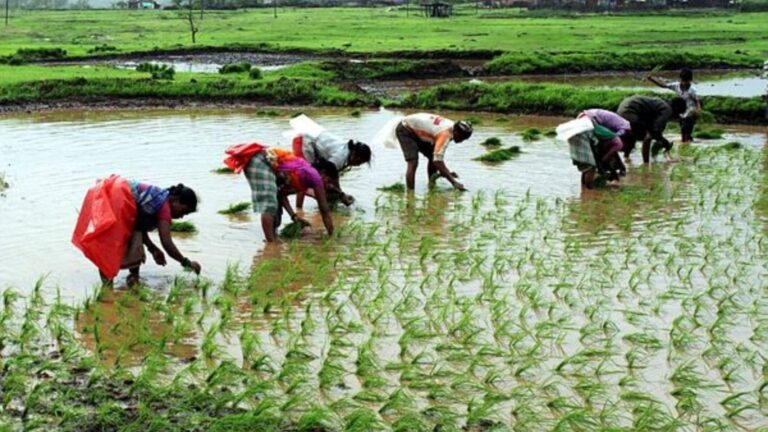
Government's Vision 2047: A Blueprint for Sustainable Agriculture
Sustainable Agriculture: The Indian government is methodically constructing a comprehensive plan to reduce fertilizer usage, improve soil quality through organic means, diversify crops, and cut water, nutrient, and energy consumption on farmlands in order to change the agricultural landscape. This effort is part of the larger Vision 2047 initiative, which focuses on expanding agroecology across the country.
Agroecology: A Sustainable Farming Approach
Agroecology, defined as the sustainable farming or application of ecological concepts and principles in agriculture, forms the cornerstone of the government’s strategy. The overarching goal is to enhance farm output and income while addressing the dual challenges of feeding a growing population and mitigating the adverse effects of traditional farming practices on climate and soil health.
Transitioning Towards Viksit Bharat
The government envisions a gradual shift towards agroecological techniques and practices, aiming to transform India into a Viksit Bharat by 2047. Key focus areas under this plan include the enhanced production of high-value crops, with a substantial emphasis on millets, climate-resilient crops, reduced use of pesticides, and a transition to organic or natural farming. The strategy also emphasizes improved supply chain management and provides fiscal support for procurement and marketing.
Dual Direction Approach for Sustainable Agriculture
According to a senior government official, the strategy revolves around two main directions: enhancing agricultural productivity and ensuring sustainable agricultural techniques. The official underscores the importance of agroecology and natural farming as the way forward. A recent policy paper by NITI Aayog titled ‘A New Paradigm for Indian Agriculture’ advocates for a shift towards agroecological principles at scale, citing evidence of increasing unsustainability in current agricultural practices.
Challenges Addressed in Policy Paper
The NITI Aayog’s policy paper highlights critical challenges in Indian agriculture, including diminishing farm sizes, declining output, and the adverse impact of extensive fertilizer and pesticide usage on soil quality. With over half of the agricultural land in the country being rainfed, the paper emphasizes the need to enhance irrigation coverage for a more resilient crop output.
The adoption of agroecological practices, such as natural farming, organic farming, biofuel production, agroforestry, and waste recycling, is proposed as a solution aligned with Sustainable Development Goals (SDGs).
As India charts its course towards sustainable agriculture under Vision 2047, the government’s emphasis on agroecology signals a transformative journey that not only aims to bolster farm productivity but also seeks to address the pressing environmental and climatic concerns associated with conventional farming methods.






